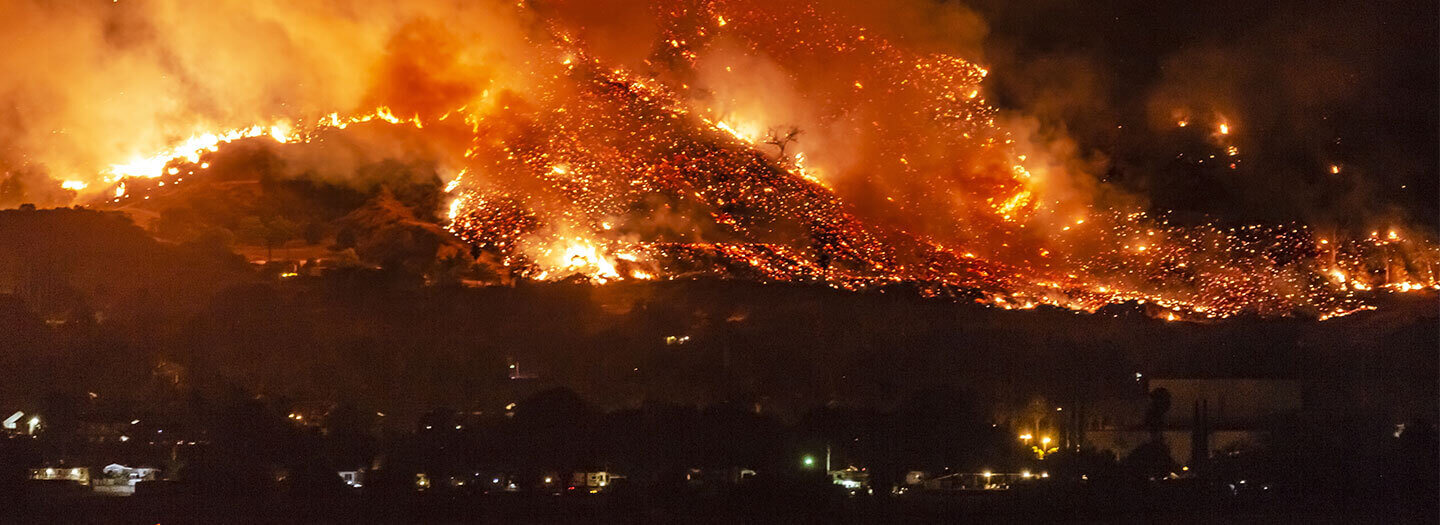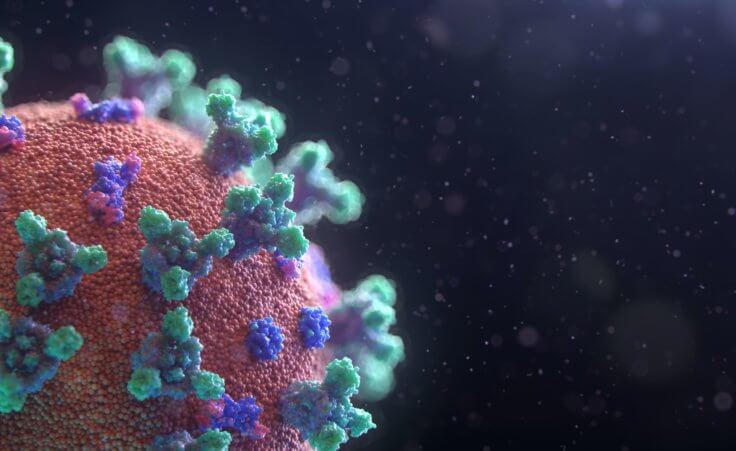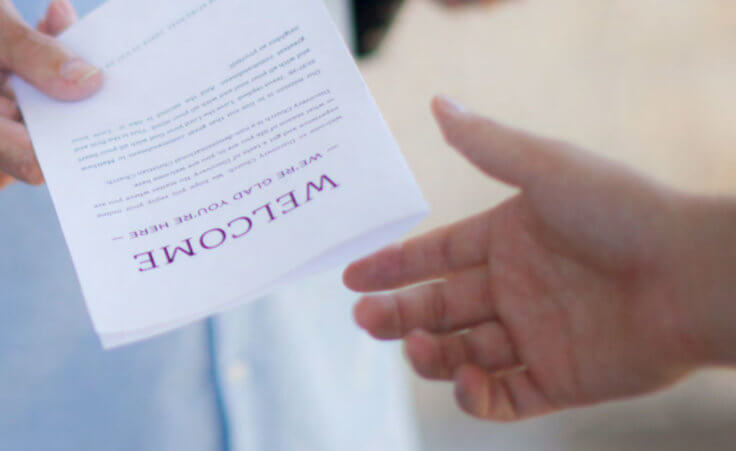
© Kevin Key/stock.adobe.com
In 2020 and 2021, six of Californias’ ten largest fires in its history swept through the state.
The August Complex, a collection of multiple fires that grew together, ravaged over one million acres of land in California. In the California fires of 2020, thirty-one people lost their lives and whole towns were swallowed by the massive blazes. One estimate claimed the cost was $10 billion in damages to the economy from the year 2020 alone. And 2021 hasn’t been much better.
Only recently was the Dixie wildfire mostly controlled, after almost reaching one million acres itself. It is the second-largest wildfire, following close behind the August Complex.
The desolate aftermath of these massive wildfires leads many to wonder if we could have done something more to prevent them.
For decades, US policy put its efforts into preventing fires at all costs. The beloved Smokey the Bear reminded everyone to put out our campfires completely and dispose of cigarettes correctly. His catchphrase, riffing off of the World War II Uncle Sam poster, says, “Only YOU can prevent forest fires!”
Though somewhat effective in preventing unintentional, man-made fires, this sentiment only covers part of the problem. Certainly, accidents have sparked destructive wildfires in the past, yet as our methods for fighting fires have become more advanced, the wildfires seem to be getting worse, not better.
Surprisingly, the policy of complete fire prevention has fueled, not prevented, the new massive wildfires.
The paradox of fire suppression
On a family trip to Wyoming many years ago, I remember surveying the pristine forests of Yellowstone National Park with wonder. I also remember the words of my grandfather, a professor with a Ph.D. in forestry. He warned against the blanket policy for national forests: never let anything burn. Like a prophet of the trees, he sagely rubbed his beard and predicted the disasters that this practice would lead to.
And he was right.
Though some pin the problem on climate change and others point out the record droughts in recent years that add to the problem, one expert says, “The biggest piece I’d still say is the condition of our forest. I’d say it’s 75% of our problem.”
What is the condition of the forests in California?
Well, interestingly, since we’ve aggressively fought the fires for so long, brush and dead forest matter have increasingly built up to frightening levels. One analysis aptly called California a “tinderbox.”
In the normal life cycle of a forest, lightning will cause natural forest fires that allow for greater biodiversity as it clears out deadwood and brush. The carefully balanced ecosystem depended on fires long before humans were there. These natural fires generally don’t kill large trees because they’re small and burn at a low level. According to one estimate from Pewtrust, before the 1800s approximately 5–12 percent of the land of California would naturally burn every year.
Most critically, natural, low-burning forest fires act as a reset button.
Ironically, the fact that we’ve fought fires so well for so long means that the forests are like powder kegs, with forests full of dead material that will fuel more destructive fires.
A lesson from Indigenous people
Centuries ago, Native Americans regularly intentionally burned forests as part of their cultivation practices. The legacy lives on today in people like Bill Tripp, who is part of the Karuk tribe in California. He and others are leading the way to go back to the centuries-old practice of methodical burning to cultivate forests and hopefully prevent more massive wildfires.
Though some steps in the area of controlled burns are being made, California in particular has a long way to go.
One article which I’ve drawn on several times in this article is provocatively titled “We must burn the West to save it.” In it, the author concludes, “without concerted action now, the risks will only get worse.”
Wisdom lies in the past. Very quickly, the indigenous practice of forest burning became outlawed when the United States spread to the West, taking American Indian land. The American Indians lived in the Americas for thousands of years and knew how to tend the land of America with responsibility. Practical wisdom lies in the past, in practices from old and diverse cultures.
They can lead to great lessons if properly understood.
God uses fires in our lives
The second piece of wisdom lies in a more metaphorical lesson.
When difficulty enters our lives, it can burn like a fire. However, in my experience, times of hardship also reveal the pervasive deadwood of sin.
Lying like unobtrusive, innocent twigs and leaves, sinful practices and postures build up in our hearts over time. If we approach hardship rightly, then God can use them as a fire to burn through the deadwood.
Fire can also represent the Scriptures themselves, a difficult word from a friend, or some frustrated desire. All of these can lead us to get the deadwood out of our lives.
God’s discipline can be a mercy that prevents a massive wildfire from overwhelming us and destroying our lives in a deeper way, like using a small fire to prevent a big fire. As James writes, “Sin when it is fully grown brings forth death” (James 1:15).
Fires are hot, and they can burn. “For the moment all discipline seems painful rather than pleasant, but later it yields the peaceful fruit of righteousness to those who have been trained by it” (Hebrews 12:11).
Yet, Dr. Jim Denison reminds us of this truth: “God redeems all he allows.”
The next time a door is closed, a season becomes fraught with hardship, or an inconvenience happens, reflect on your response. If you can say, “I have learned to give thanks in all circumstances” with Paul, you’re further along than me, but it’s something for everyone to strive for.
Allow God to clear the deadwood from your heart, praying that he would reveal your hidden sins, even if it’s painful.
Maybe God is allowing a controlled burn in your life to make way for new growth.












